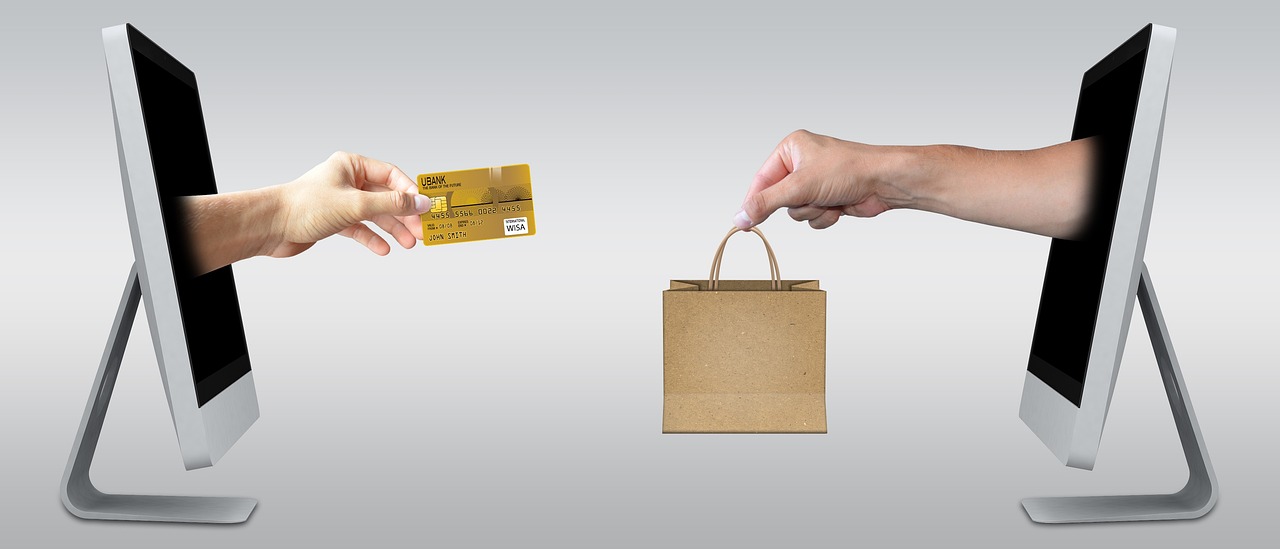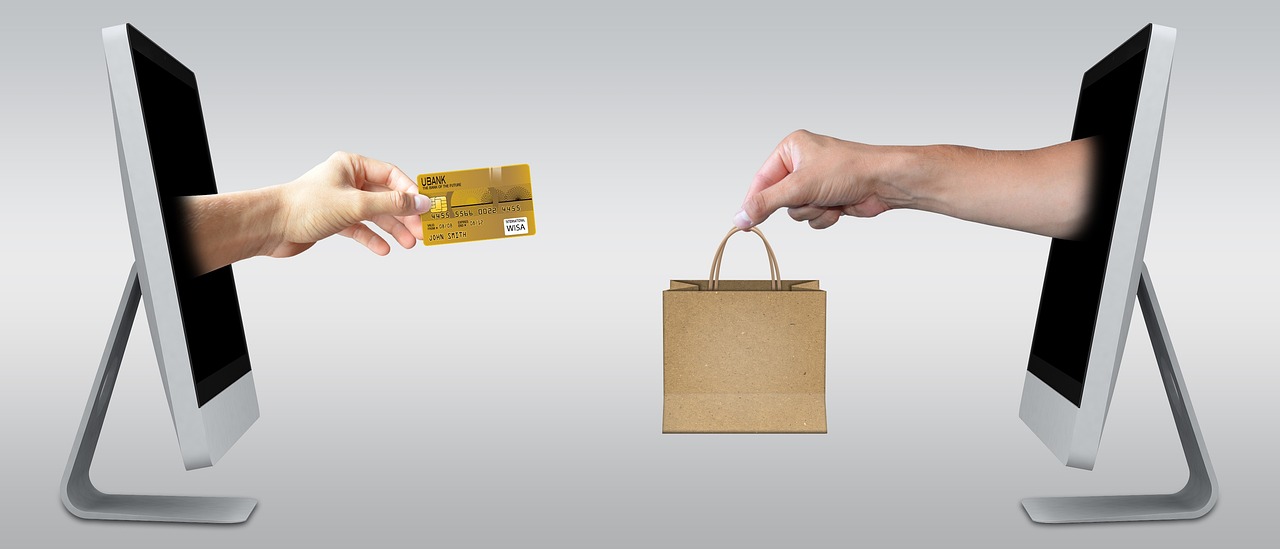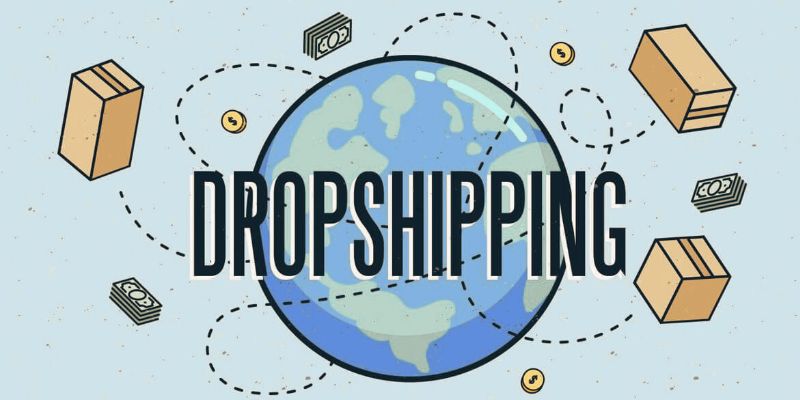As the world becomes increasingly digitalized, more and more entrepreneurs are turning towards online businesses. One of the most popular online business models is dropshipping. Dropshipping is a form of online retail where the store owner doesn’t own the inventory, but instead, the products are shipped directly from a supplier to the customer. With low start-up costs and minimum risks, dropshipping provides a lucrative opportunity for those willing to put in the work. However, building a successful dropshipping business is not easy. In this blog post, we will take a look at the essential steps involved in building a profitable dropshipping business, including finding a profitable niche, building relationships with suppliers, setting up your online store, and marketing your dropshipping business. So, whether you’re a seasoned entrepreneur or just starting, read on to learn how you can build a successful dropshipping business from scratch.
Finding A Profitable Niche
A profitable niche is the foundation upon which a successful e-commerce business stands. It is the product category that your entire store revolves around, and it can make or break your dropshipping venture. To find a niche that is profitable, you first need to understand what people want.
Niche selection requires extensive research and analysis, and it is important that you choose a niche you are passionate about. Otherwise, running your e-commerce business is likely to become tedious and unenjoyable. When deciding on a niche, make sure you take into consideration the interests, demographics, and habits of your target audience.
| Benefits of Finding the Right Niche |
|---|
|
|
|
Once you have identified a niche that has a high demand, it is time to research the competition. Look at other dropshippers that sell similar products and analyze their website, pricing structure, and marketing strategies. This will help you determine the viability of the niche and give you ideas for your own e-commerce business.
Remember that finding a profitable niche is an ongoing process. It requires constant monitoring and updating to keep up with changes in the market. However, with persistence and hard work, you can turn your dropshipping venture into a lucrative e-commerce business.
Building Relationships With Suppliers
Building Relationships With Suppliers is crucial for the success of your e-commerce business, particularly if you are dropshipping. Suppliers are the backbone of your business, and without a good relationship with them, the smooth operation of your store can come to a halt. Therefore, it’s vital to build strong relationships with suppliers who will provide you with quality products, fast delivery, and excellent customer service.
One of the first steps to building a good relationship with suppliers is to research potential suppliers. Check out their website, product offerings, and customer reviews from other businesses they work with. This research will help you identify suppliers who have a solid reputation locally or internationally.
Another important thing is to keep communication channels open with your suppliers. Whether it is through email, phone, text or chat, always be available to answer their inquiries and keep them informed of any updates. Effective communication helps to resolve issues quickly, which saves time and money in the long run.
| Tip: | It’s also good to discuss with your supplier the possibility of drop shipping customization. This will make dropshipping easier for both sides. |
Be honest and transparent with your supplier. Tell them exactly what you expect from them and what they can expect from you. This includes, for example, lead times, pricing, or delivery schedules. Building trust with your supplier is essential for the success of your business relations.
Conclusion: Building Relationships With Suppliers is one of the most important aspects of running an e-commerce business. You need to take the time to research your suppliers, establish effective communication channels, and maintain strong relationships with them. This will help you to grow and develop your e-commerce business and succeed in the long run.
Setting Up Your Online Store
Setting Up Your Online Store is a crucial first step when it comes to starting your e-commerce business. Creating an online store is easier than ever with platforms like Shopify, BigCommerce, and WooCommerce. Before creating your store, you need to determine what products you want to sell and who your target audience is. This information will help you design your website with your audience in mind.
Once you have identified your target audience, you need to customize your online store. You can customize your store’s theme, add a logo, and create product categories. It’s essential to create a visually appealing store that is easy to navigate. Your store’s design and layout can impact how long people stay on your website and whether they make a purchase.
| Tip: | Create a clean and consistent website design. Use high-quality images and include clear descriptions and pricing for your products. Make sure your website is mobile-friendly, as more and more people shop on their phones. |
|---|
Another critical piece of setting up your online store is creating a payment gateway. Payment gateways are necessary to accept online payments, and they are offered by third-party providers like PayPal, Stripe, and Square. Choose a payment gateway that suits your business needs and integrates well with your online store platform.
- Pro Tip: Offer multiple payment options to your customers, including credit card, PayPal, and other mobile payment methods. The more payment options you offer, the more likely you are to make a sale.
Lastly, you need to think about shipping and fulfillment. If you’re dropshipping, your supplier will handle the shipping for you. But if you’re stocking products yourself, you’ll need to set up a system for shipping and handling. Consider using a shipping carrier like UPS or FedEx and use shipping software to manage orders and print shipping labels.
In conclusion, setting up your online store requires careful planning and execution. Determine your niche, customize your online store, set up payment gateways, and develop a system for shipping and fulfillment. Launching your online store is just the beginning of your e-commerce journey. Continuously monitor and optimize your store’s performance to drive more traffic and sales.
Following free dropshipping training video will help you to understand the basics of dropshipping.
Marketing Your Dropshipping Business
Marketing is an essential part of any e-commerce business, and dropshipping is no exception. With the rise of online shopping, the competition is fierce, and standing out from the crowd is crucial. Here’s how you can effectively market your dropshipping business:
1. Build a Strong Social Media Presence
One of the most effective ways to market your business is through social media. Create profiles on platforms like Facebook, Instagram, and Twitter, and share regular updates and engaging content with your followers. Use targeted ads to reach a wider audience and promote your products. Collaborating with influencers in your niche is also an effective way to reach more potential customers.
2. Optimize Your Website for Search Engines
Search engine optimization (SEO) is critical for the success of your dropshipping business. Optimize your website for keywords that your target audience is searching for, and improve your website’s speed and usability. Use meta descriptions and title tags to provide clear information to search engines about your website’s content and products.
3. Offer Great Deals and Discounts
Everyone loves a good bargain, and offering great deals and discounts is an effective way to attract new customers and retain existing ones. Consider offering free shipping, percentage discounts, or buy one get one free deals. Use email marketing to promote your offers and increase your sales.
| Tip: | Offer a discount code to first-time customers, and include it in your social media or email marketing campaigns. This will incentivize them to make their first purchase and increase the likelihood that they will become a repeat customer. |
|---|
4. Engage with Your Customers
Engaging with your customers is essential for building trust and loyalty. Respond promptly to customer inquiries, comments, and concerns. Use feedback and reviews to improve your products and customer experience. Offer personalized recommendations based on their previous purchase history or browsing behavior.
Conclusion
Marketing your dropshipping business requires a combination of strategies and efforts to attract and retain customers. By building a strong social media presence, optimizing your website for search engines, offering deals and discounts, and engaging with your customers, you can effectively market your business and increase your sales.











